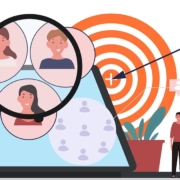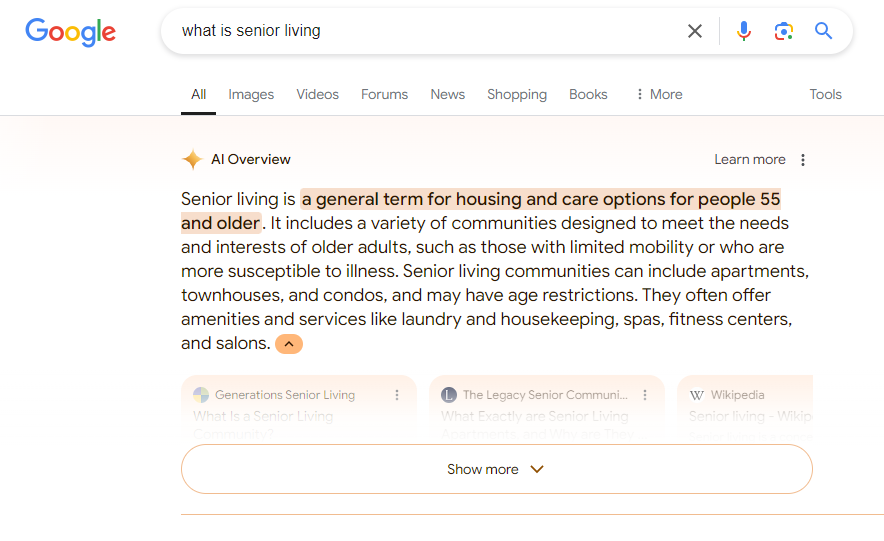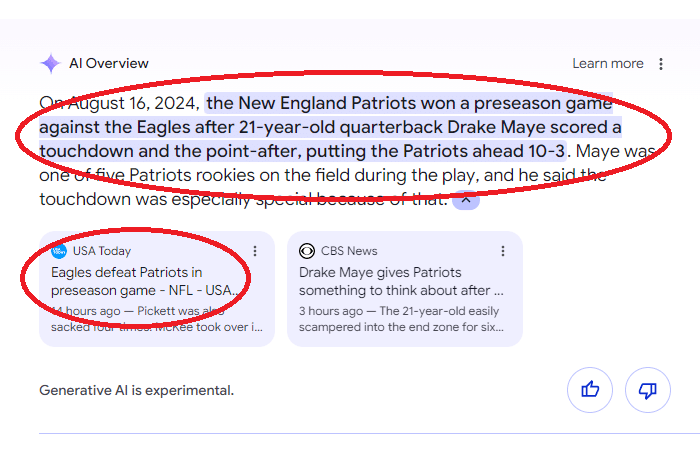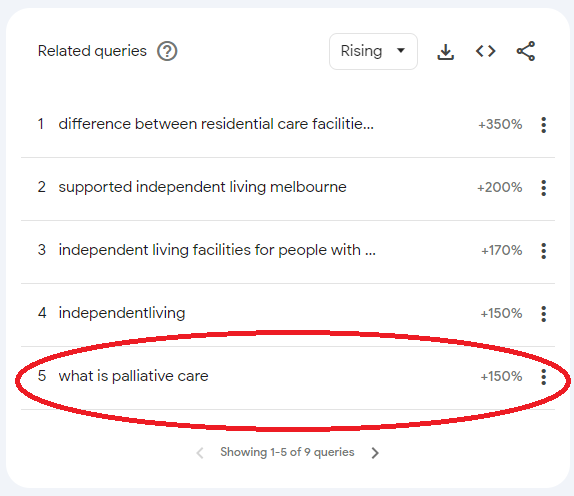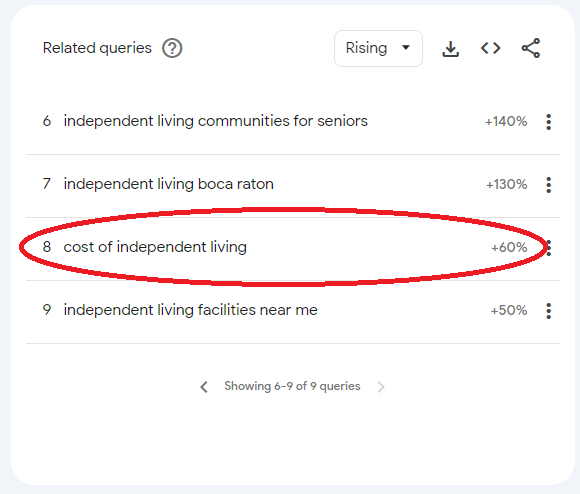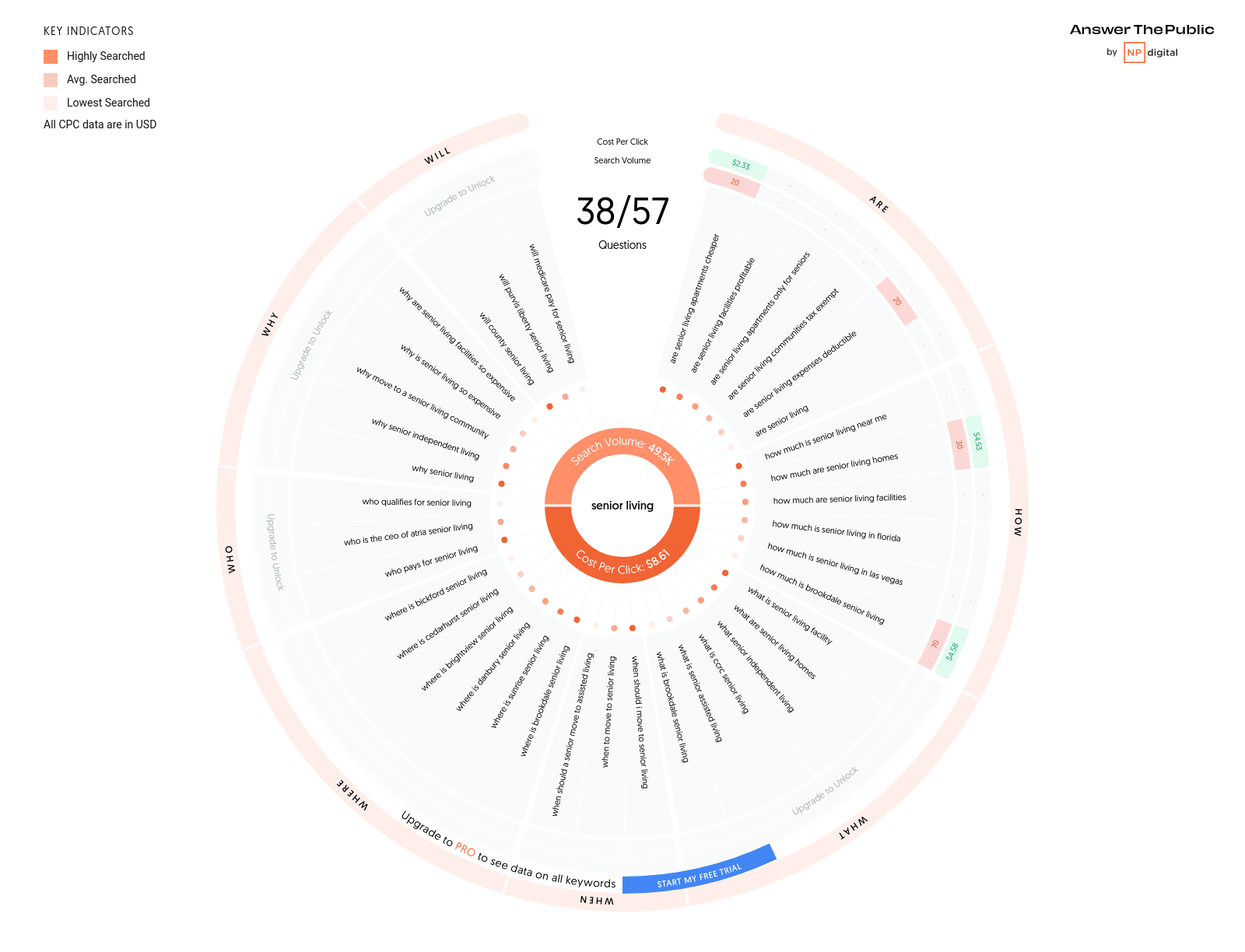How the Silver Tsunami is Changing Senior Living Marketing

You already know that the senior living industry is undergoing a major shift thanks to the growing number of baby boomers entering the market—a.k.a. the “silver tsunami.”
The question is, how should this affect your approach to senior living marketing?
Below, we discuss the following points:
- A key difference with the baby boomer persona
- Two non-negotiables for boomers
- Why digital marketing is so important
Boomers: A different kind of senior living consumer
The Baby Boomer generation vastly differs from the Greatest Generation. Members of the latter traditionally relied on family support when making senior living decisions. And the decision to move to senior living often resulted from a crisis, like a bad fall or the death of a spouse.
Boomers, however, often make decisions independently and base those decisions on choice rather than crisis. For example, they choose to downsize because they legitimately desire to live a maintenance-free lifestyle.
SLS’s Debbie Howard explains, “It’s no longer solely the adult children leading the charge. We’re seeing more and more boomers directly performing their own research and making decisions for themselves.”
What this means for your senior living marketing
The idea that senior living could be choice-driven vs. needs-driven has been a dream for many senior living marketers because messaging can be more aspirational. And those aspirations can help differentiate communities.
In the past, communities have often struggled to differentiate themselves in the sea of sameness since all communities sell the same “product” more or less. However, because more boomers are making decisions based on choice rather than need, a community can build messaging around its unique vibe rather than the same old features and benefits.
Two non-negotiables: autonomy and transparency
1. Boomers want to self-direct and indicate when they’re ready for a sales interaction.
Boomers are perfectly capable of researching independently, weighing their options, and deciding when they want to talk to sales. If you force them to talk before they’re ready, you’ll annoy them or worse—turn them off your community completely.
What this means for your senior living marketing
Use lead scoring and segmentation to quickly identify which leads have high intent. Nurture the “not ready yet” leads until they naturally advance to sales-qualified status. Send the high-intent leads—the ones who have asked for a sales interaction—to the sales team.
2. Boomers crave clear, reliable info when they want it.
Boomers often want immediate access to information like floor plans, pricing, and details about a community’s amenities and unique features. They don’t want to jump through hoops or interact with sales to get this information.
What this means for your senior living marketing
Senior living communities must shift their approach and cater to boomers. Debbie explains, “Old-school practices like keeping info gated or forcing people to visit the community to get info on pricing will not work with this generation.”
We know this can feel like a daunting shift, especially when it comes to the pricing discussion. For example, you might worry that displaying prices could scare people away before they understand financing resources, like bridge loans or the Veterans Aid & Attendance benefit.
However, not sharing pricing information might mean you lose out on qualified boomers who pursue communities that make it easy for them to shop and compare. Here’s one way you could approach the pricing conundrum.
Digital marketing is where it’s at.
Boomers are the most tech-savvy demographic that senior living communities have ever marketed to (at least, so far). They’re comfortable using search engines, social media, and various digital devices like laptops, tablets, and smartphones.
And this is good news for marketers. Remember, it can take approximately 25 touches to move someone from anonymous search traffic to move-in. Digital channels can help provide these crucial touchpoints.
What this means for your senior living marketing
Effective digital marketing can help your brand score more tours, deposits, and move-ins, but the keyword is “effective.” You need a sound strategy that drives all your digital marketing, and everything should work together.
To that end, here’s some helpful reading:
- Marketing to Boomers: 4 Hot Tips
- Marketing to Baby Boomers: Develop a Strong Value Proposition
- Independent Living Marketing Ideas That‘ll Resonate with Boomers
- Best Content for Email Marketing to Baby Boomers
Is your brand ready for the silver tsunami?
As the silver tsunami continues to change the senior living landscape, communities must adapt their marketing efforts to meet the expectations of this generation. The shift from needs-driven decisions to want-driven ones is profound, and it requires marketers to be more transparent and in tune with the boomers’ independent spirit.
Sales and marketing teams that embrace these changes will be well-positioned to attract and engage boomers, converting more of them from anonymous traffic to tours, deposits, and move-ins.
Do you need help aligning all your digital marketing channels to effectively “speak” to boomers? Contact us, and let’s chat about your boomer marketing efforts.


